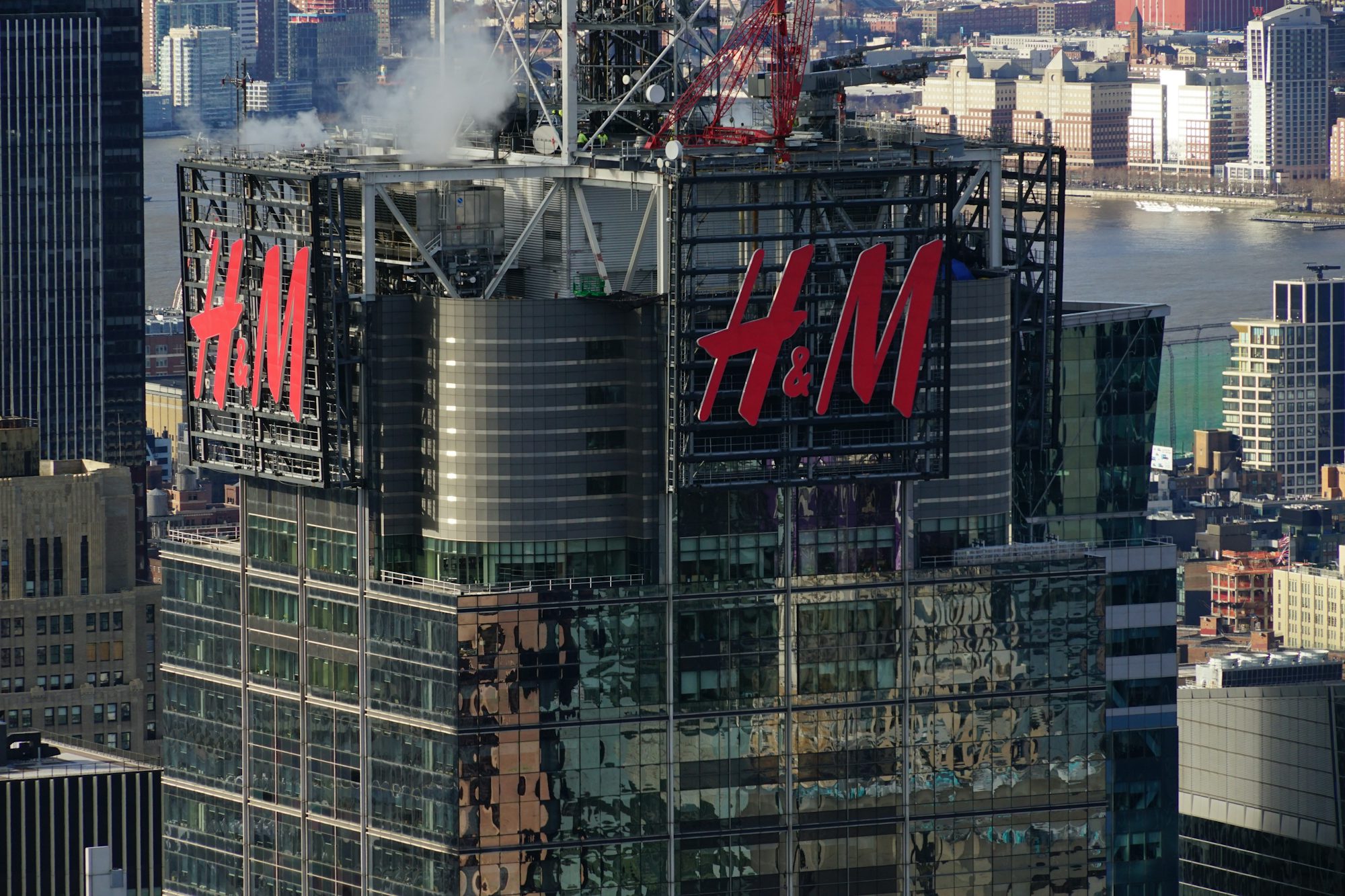The retail landscape is constantly evolving, driven by changing consumer preferences, technological innovations, and emerging market trends. As shoppers become more discerning and tech-savvy, retailers must adapt their strategies to meet the demands of a dynamic environment. This article explores key trends shaping the future of shopping, offering insights into how businesses can navigate this rapidly changing landscape.
One of the most significant trends in retail is the increasing importance of personalization. Today’s consumers expect tailored experiences that cater to their individual preferences. Retailers are leveraging data analytics and artificial intelligence to gather insights about customer behavior, enabling them to deliver personalized recommendations and targeted marketing. For instance, e-commerce platforms often suggest products based on previous purchases, creating a more engaging shopping experience that encourages repeat visits.
Moreover, personalization extends beyond product recommendations. Many retailers are implementing loyalty programs that reward customers for their purchases and engagement. These programs can offer personalized discounts, exclusive access to new products, or even tailored content that resonates with individual consumers. By fostering a sense of connection and appreciation, retailers can build brand loyalty and enhance customer satisfaction.
In addition to personalization, the rise of omnichannel retailing is transforming how consumers shop. Shoppers now expect a seamless experience across various channels, whether they are browsing online, shopping in-store, or using mobile apps. This shift has prompted retailers to integrate their online and offline operations, ensuring that customers can transition effortlessly between platforms. Features like click-and-collect, where customers order online and pick up items in-store, exemplify this trend, enhancing convenience and encouraging foot traffic in physical locations.
As omnichannel retailing gains traction, the role of physical stores is also evolving. Rather than serving solely as sales points, brick-and-mortar stores are becoming experiential hubs where customers can engage with brands on a deeper level. Retailers are reimagining their store layouts to create interactive experiences, from immersive product displays to workshops and events. This approach not only attracts shoppers but also fosters a sense of community, encouraging consumers to connect with the brand and each other.
The integration of technology in retail is another crucial aspect of this evolution. Retailers are increasingly adopting tools such as augmented reality (AR) and virtual reality (VR) to enhance the shopping experience. AR applications allow customers to visualize products in their own environments before making a purchase. For example, furniture retailers are using AR to help consumers see how a piece of furniture would look in their home. Similarly, VR experiences can transport customers to virtual stores or provide immersive product demonstrations, making the shopping journey more engaging and interactive.
Mobile commerce, or m-commerce, is also on the rise, driven by the ubiquity of smartphones. As consumers increasingly rely on their devices for shopping, retailers are developing mobile-optimized websites and apps that facilitate easy browsing and purchasing. Mobile payments have gained popularity as well, providing a convenient and secure way for consumers to complete transactions. This trend highlights the importance of catering to consumers’ preferences for on-the-go shopping, allowing retailers to reach customers wherever they are.
Social media has emerged as a powerful tool for retailers, influencing purchasing decisions and fostering brand engagement. Platforms like Instagram and TikTok are becoming integral to the shopping experience, allowing brands to showcase products and connect with their audience in real time. Influencer marketing, where brands collaborate with social media personalities, has proven effective in reaching new customers and building credibility. By leveraging social media effectively, retailers can create a community around their brand, driving customer engagement and loyalty.
Sustainability is another significant trend impacting the retail landscape. Consumers are increasingly concerned about environmental issues and are seeking brands that demonstrate a commitment to sustainability. Retailers are responding by adopting eco-friendly practices, such as responsible sourcing, reducing waste, and offering sustainable product lines. Brands that align with consumers’ values can foster loyalty and trust, making sustainability a key differentiator in a competitive market.
To further enhance their sustainability efforts, many retailers are exploring circular economy models. This approach emphasizes reusing and recycling products rather than relying solely on new production. Initiatives such as take-back programs, where customers can return used items for recycling or repurposing, are gaining traction. By implementing circular practices, retailers not only contribute to environmental conservation but also appeal to eco-conscious consumers who prioritize sustainable shopping options.
Data security and privacy are becoming increasingly important as retailers collect more consumer data to enhance personalization and improve operations. With the rise of online shopping, businesses must implement robust security measures to protect sensitive information. Transparency in data collection practices is essential to building trust with consumers, ensuring they feel confident in sharing their information. By prioritizing data security, retailers can create a safe shopping environment that fosters loyalty and confidence among their customers.
The rise of subscription-based models is another trend shaping the retail landscape. Many retailers are offering subscription services that provide consumers with curated products delivered regularly. This model caters to consumers’ desire for convenience and discovery, allowing them to explore new products without the hassle of traditional shopping. Brands that successfully implement subscription models can create recurring revenue streams while building strong customer relationships.
As the retail environment continues to evolve, businesses must remain agile and responsive to changing consumer preferences. By embracing innovation, investing in technology, and prioritizing sustainability, retailers can navigate the challenges of the future. Those who adapt to emerging trends and put the customer experience at the forefront of their strategies will thrive in an increasingly competitive market.
In conclusion, the future of retail is characterized by personalization, omnichannel experiences, technological integration, and sustainability. As consumers’ expectations continue to evolve, retailers must adapt their strategies to meet these demands. By fostering meaningful connections with customers and embracing innovative approaches, businesses can thrive in the dynamic retail landscape. The journey ahead may be challenging, but those who embrace change will emerge as leaders in the industry, shaping the future of shopping for generations to come.





